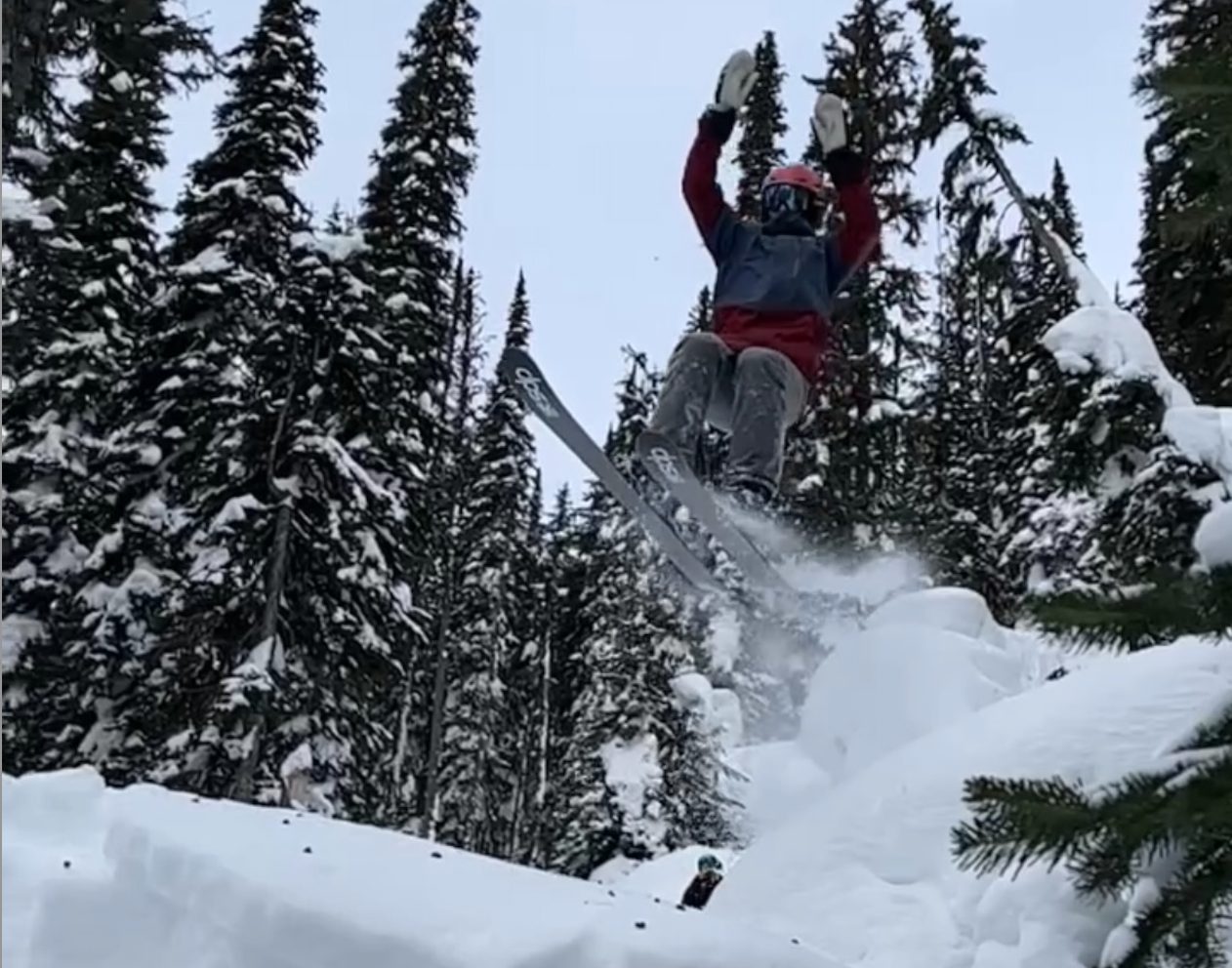
In January 2019, something ordinary happened that changed how I slide over snow: I forgot my poles. I wasn’t about to rent poles from Mt. Bachelor, so I opted for a poles-free day, thinking I might learn something from the park rats. I never picked up poles again. As it turned out, skiing without poles, I had no problems (and a freer style of riding).
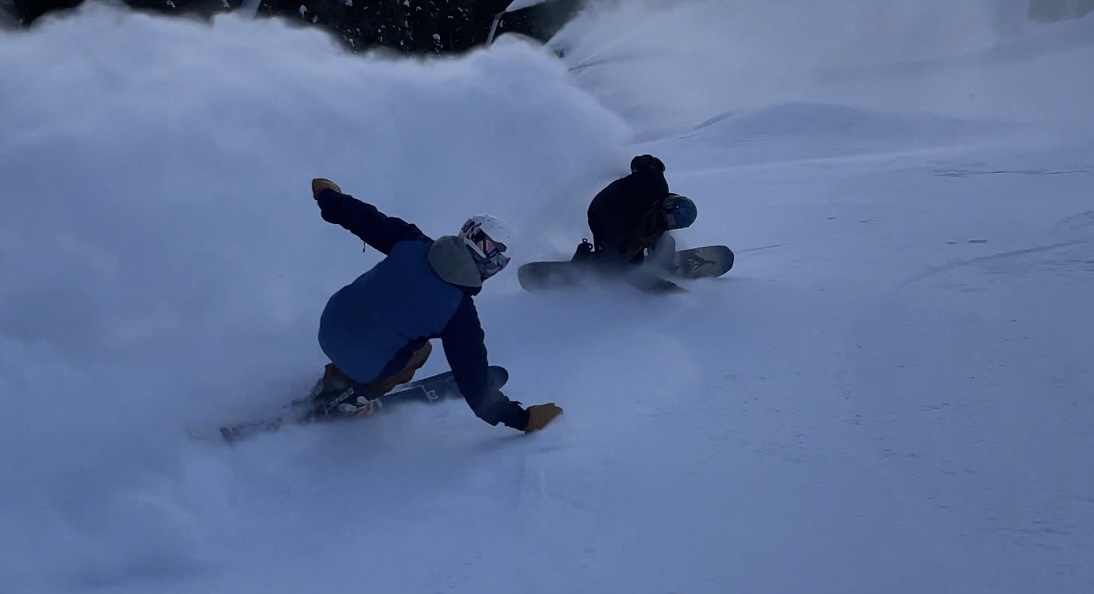
There are many reasons I continue skiing without poles. Almost daily, people ask me where my poles are. I tell them I didn’t just forget them and try to give a one-minute explanation of why I ride without them. Especially when talking to skiers of a certain caliber who prefer tree skiing.
First, I prefer using my arms and core to find balance rather than relying on poles to plant. After recalibrating, I let go of the poles and used my arms, often at chest level or higher, to maintain my center of gravity between my skis. Poles allow skiers to create a wider platform of balance but necessarily involve distributing weight outside your planks. I never liked that, but I didn’t realize how much of a difference it made until I shed the poles.

Second, after repeatedly dislocating my shoulder, holding poles forced my arms to be in a vulnerable position, away from my core. Anyone who has dislocated a shoulder knows that one of the chief concerns is having your arm pulled behind you. Accordingly, a pole stuck in the snow, behind a tree branch, or a lift gate can quickly become a nightmare. But not if you have your hands free.
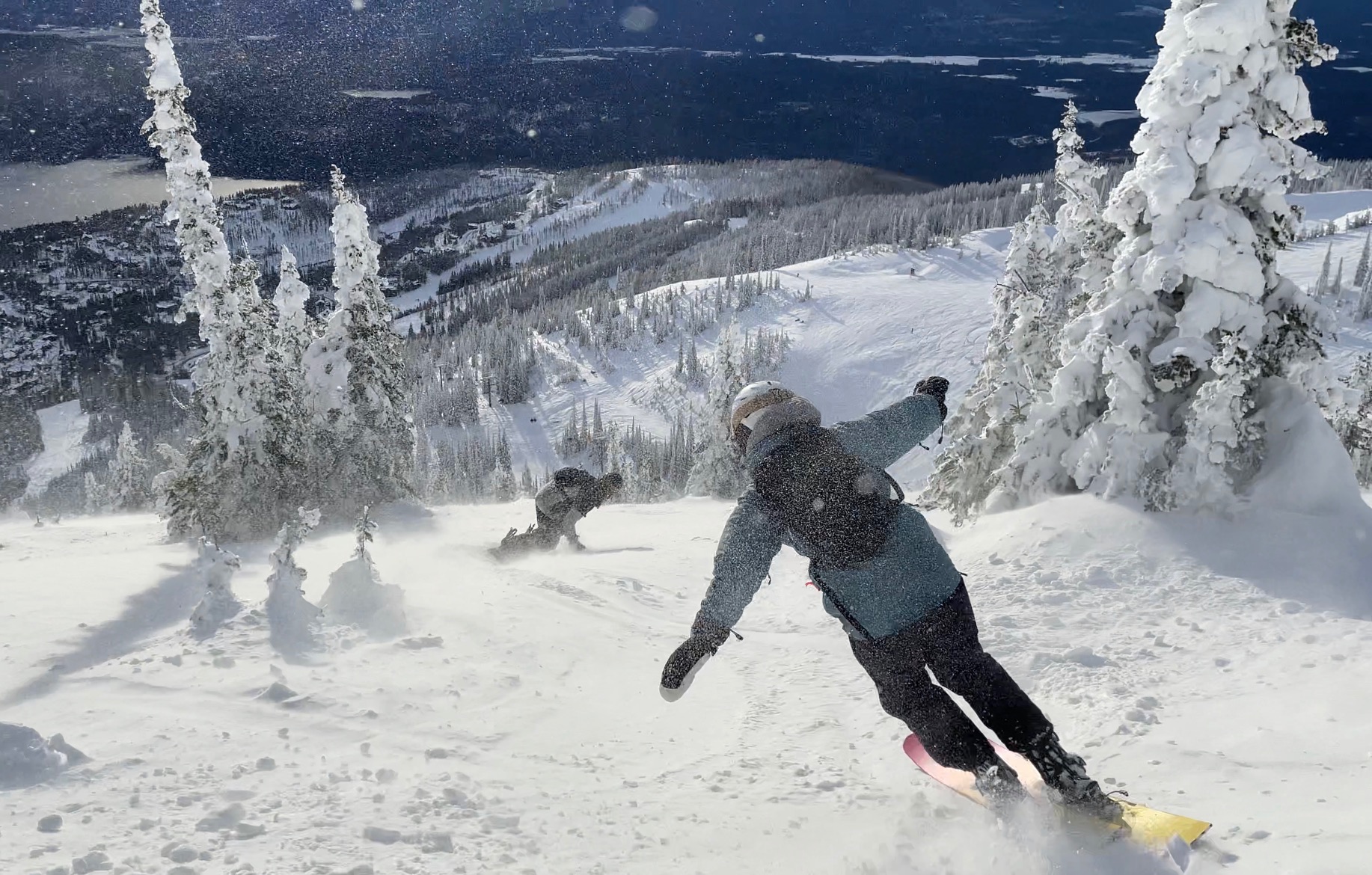
Third, I occasionally like to ride in the fashion of a snowboarder. This preference doesn’t carry for all terrain, but save for the steepest, I am much flowier when my planks stay together, almost like a single board. I take deeper turns that way, and poles only impede this style. Since I spend almost all my time off-piste and don’t prefer to carve, I am never tempted by a traditional pole-plant turn.
Fourth, having poles on a chairlift is so annoying. Yes, you can sit on them, but is that comfortable? Yes, you can put them in one hand, but how do you access your snacks? Frankly, this is one of the strongest catalysts for a pole-free lifestyle.
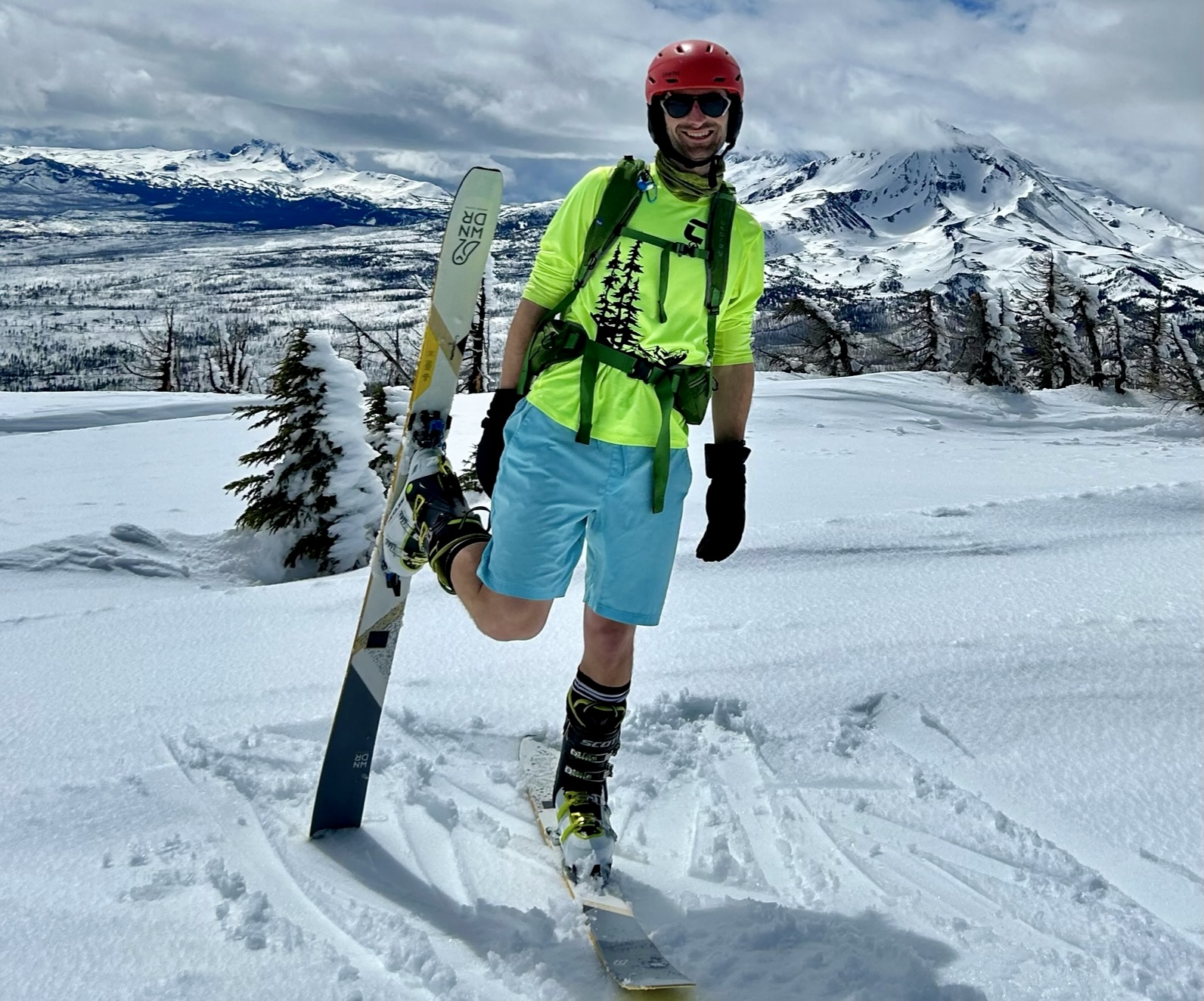
Fifth, riding without poles keeps your hands warmer. Your hands are not gripped around plastic, which increases circulation and helps them stay toasty. As an added bonus, you can use your free hands to grab and push off trees, as necessary.
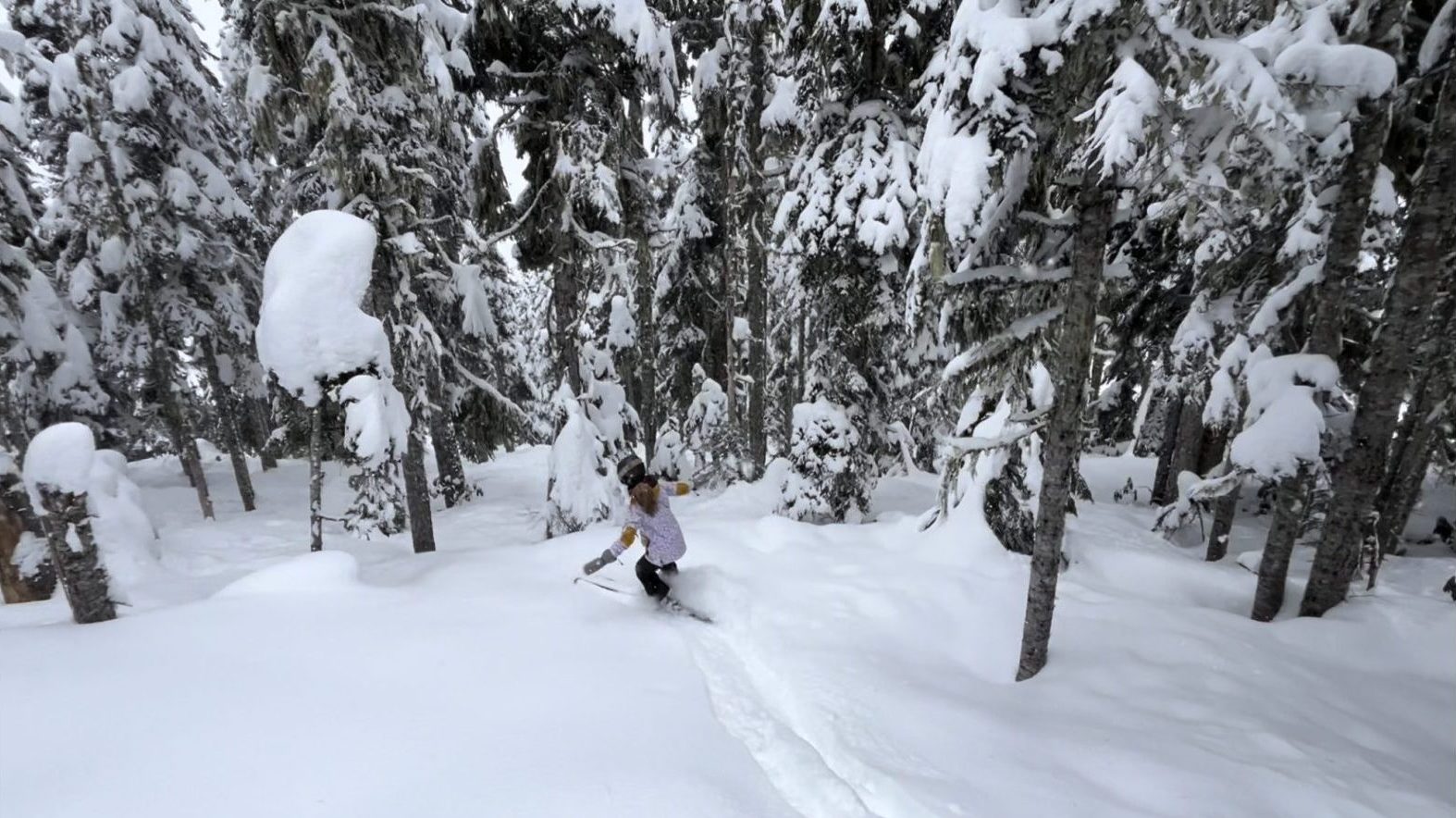
Jardon Weems (Palo Alto, California) hasn’t used his poles for several years. He relates that, without poles, he can use his “arms as counterweights to maintain balance.” He also said that he appreciates not having to worry about “poles getting snagged on trees, in hard snow, or thwacking other skiers.”

Katie Chamberlain (Portland, Oregon) and Jeanne Currie (Seattle, Washington) brought their poles on two ski trips without using them. On future trips, they won’t bother to pack the extra weight. Jeanne told me: “Without my poles, I feel like a free bird, flowy in a way I couldn’t be when I had my hands full.” Katie noted that having poles made her rely on her upper body more than necessary, causing her upper back to ache and making her feel off-kilter.

Eileen Pritchard (Salt Lake City, Utah) stopped using her poles as a Big Sky, Montana, lift supervisor. Since electing to free her hands, she enjoys having them free to carry a tool or a coffee. She shared that her time as a lift supervisor helped offer some motivation: “I’ve seen so many people nut themselves getting off the chair because of poles.”
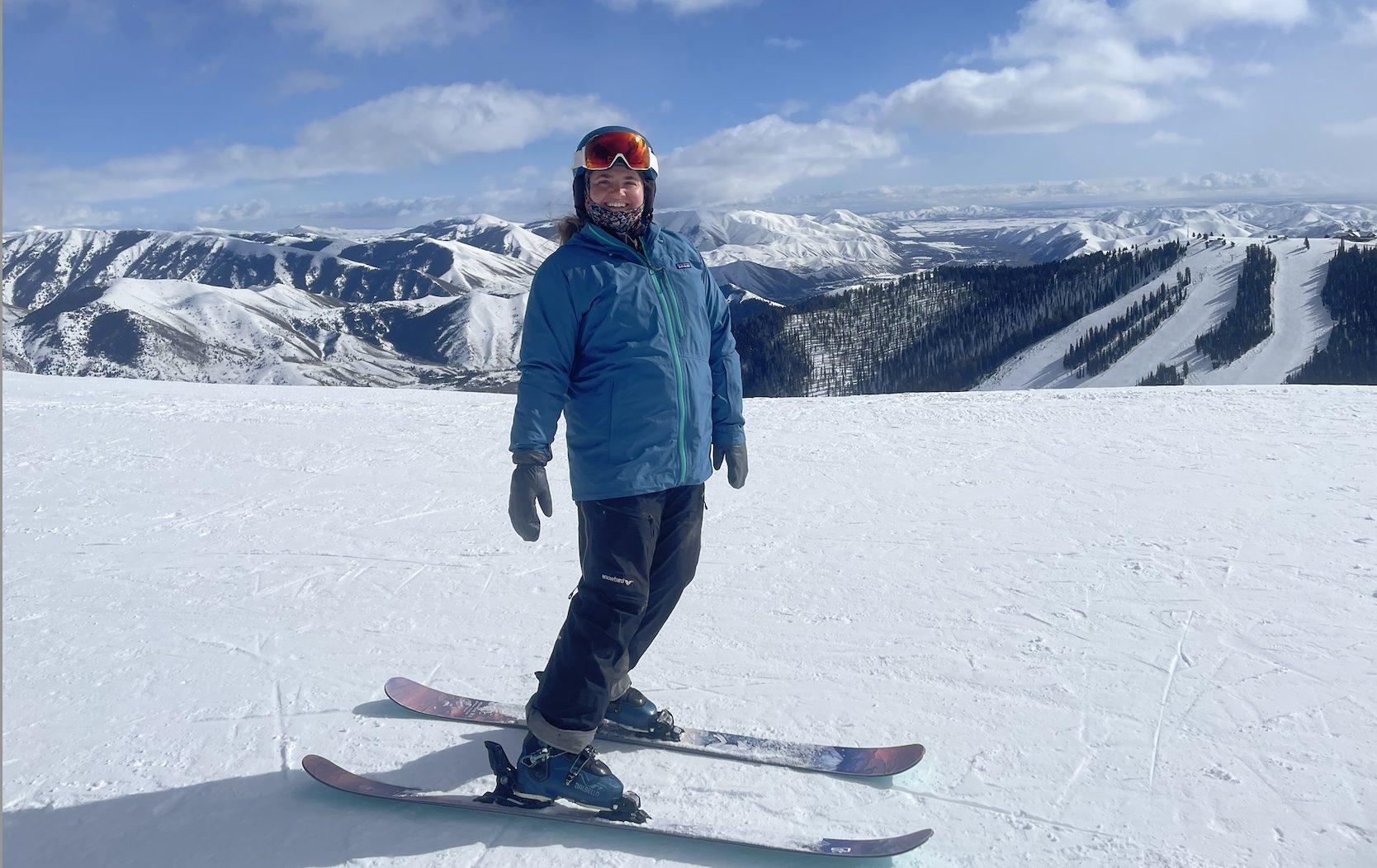
On the other hand, the lack of poles does make one appear to be a liability in the lift line. For the most part, this is an optical illusion; it may not look pretty, but we make it to the chair. If it were too great a hazard not to have poles in the mazes, resorts would hardly let beginning skiers go without.
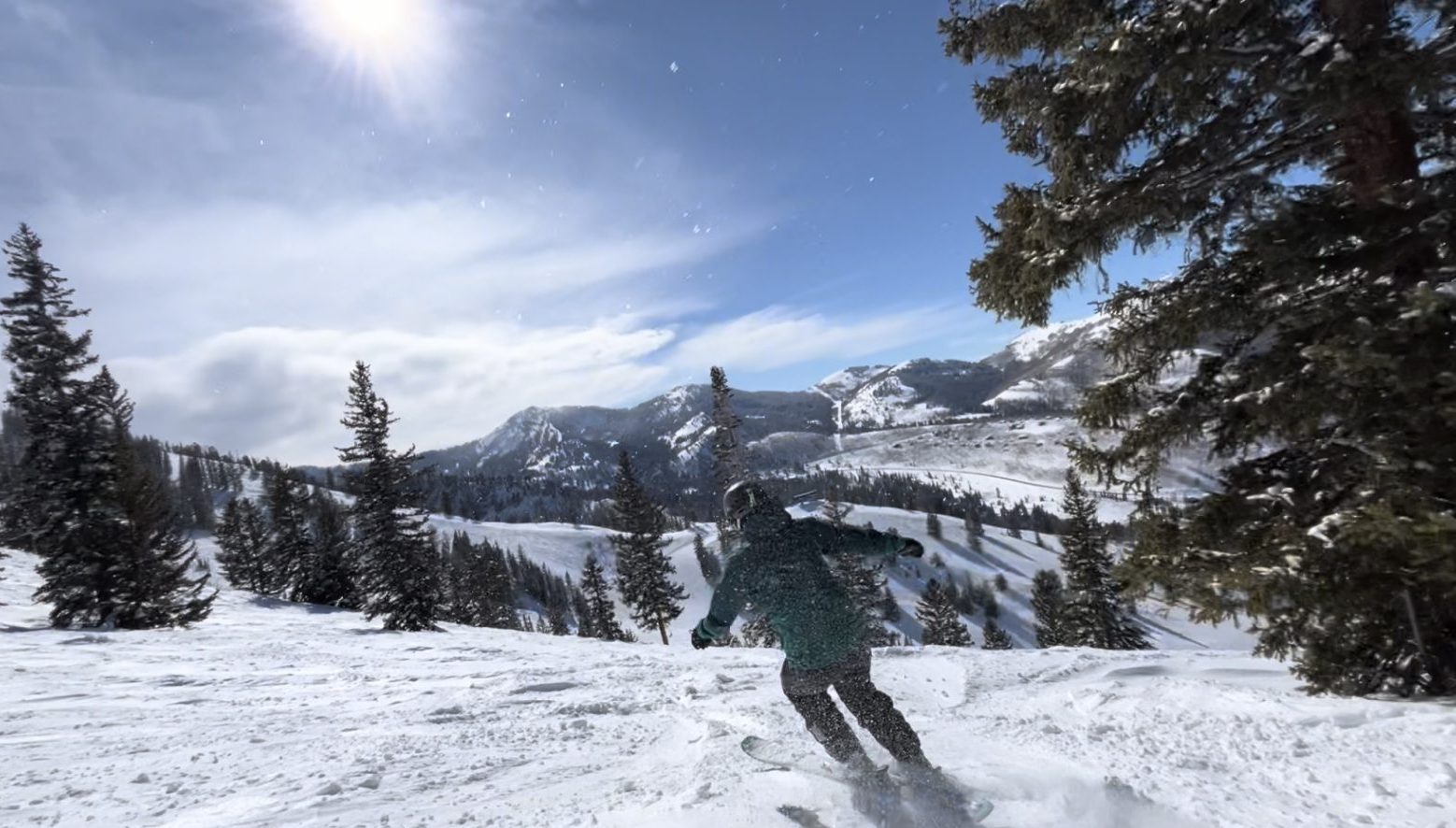
If you have a strong affection for your poles or have a story about what helped you leave them behind, we would love to know and look forward to your comments!
